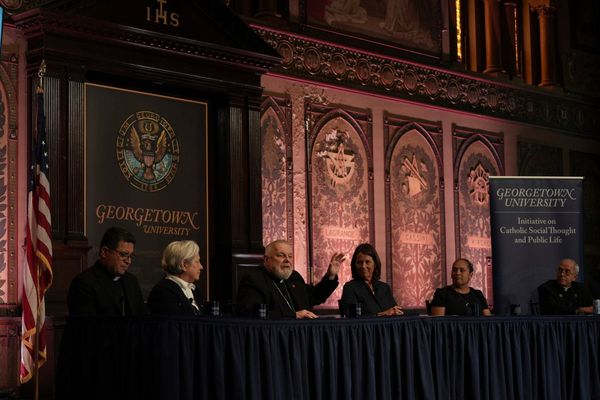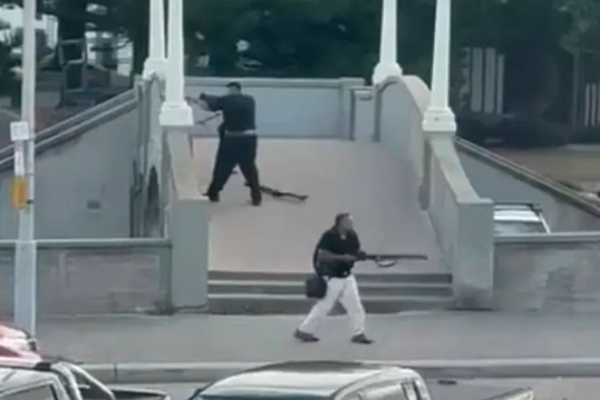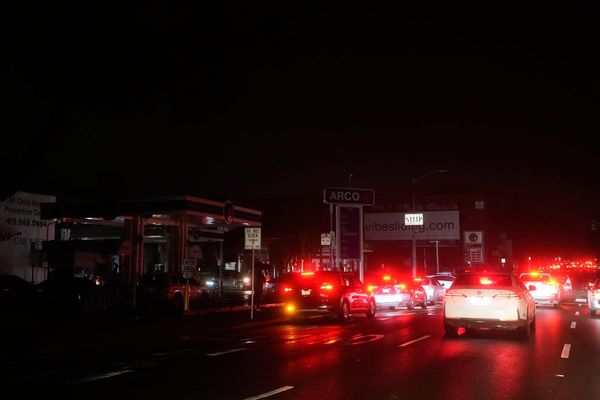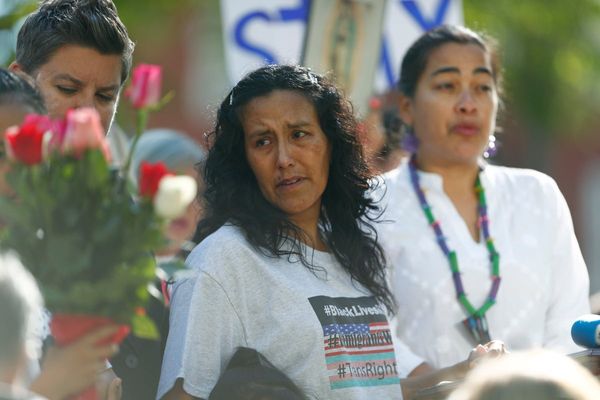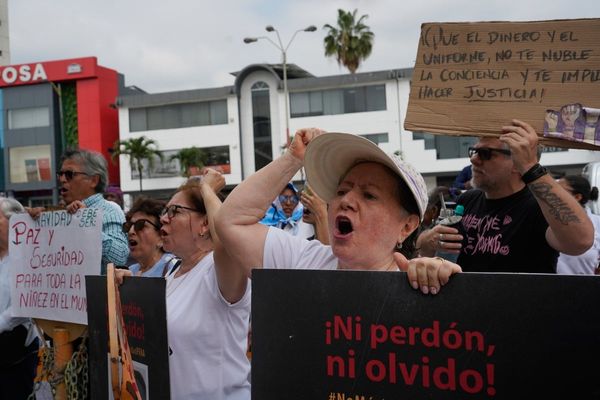Another Trump friendship appears to have fallen apart. After the spectacularly public showdown between Donald Trump and his “First Buddy” Elon Musk, this week Trump took aim at former frenemy Vladimir Putin.
“We get a lot of bulls*** thrown at us by Putin,” Trump said of the Russian president during a lively cabinet meeting on Tuesday.
“He’s very nice all the time, but it turns out to be meaningless.”
Trump’s last (known) call with Putin was on Thursday. But angered by the (somewhat late) realisation that the Russian leader is uninterested in immediately ending his full-scale invasion of Ukraine, Trump has since vowed to send more defensive weapons to Kyiv. That reversed a Pentagon decision made just days earlier to stall critical munitions supplies.
Trump also said he was considering supporting a Senate bill that would impose stiff sanctions on Russia, including eye-watering 500 per cent tariffs on nations that buy Russian oil, gas, uranium, and other exports. He hinted at further action, adding mysteriously: “We want to have a little surprise.”
It is a stunning reversal of his previous positions. Trump, who returned to power this year promising a swift end to the war in Ukraine, had shifted the US stance from staunch support for Kyiv toward a more conciliatory approach with Moscow. He had even gone so far as to accept some of Moscow’s justifications for its full-scale invasion launched in 2022.
A now-infamous February press conference with Ukrainian president Volodymyr Zelensky in Washington descended into a shouting match between the two leaders. Trump and his vice-president, JD Vance, appeared angry that Zelensky wasn’t sufficiently thankful for US support.
But that seems to have changed. And Russia was quick to respond to Trump’s renewed support for Ukraine. Overnight, Moscow launched a record 700 drones towards Kyiv, with a special focus on – and perhaps a pointed message to – the western region near Nato-member Poland.

Trump, who campaigned on being a peacemaker, is also preoccupied with negotiations over another major international conflict: Israel and Gaza. He has hosted multiple closed-door meetings this week with Israeli prime minister Benjamin Netanyahu, who recently nominated his closest ally and chief weapons supplier for the Nobel Peace Prize.
Trump has had bust-ups with the Israeli premier, most recently dropping the f-word in anger over Israel and Iran violating a US-brokered ceasefire. He is now piling pressure on Netanyahu to deliver another truce for Gaza.
Israeli and Hamas negotiators are currently in Doha for “proximity talks”, where they sit in separate rooms while mediators shuttle between them.
Officials linked to all sides have spoken to me about “cautious optimism” and “flexibility”.
One official, briefed on the Israeli position, told me that Israeli officials believe “90 percent” of the deal is complete and that they are “on the right track”.
But the key sticking point right now is: “Where are Israeli troops evacuating from, and how?”
Before Netanyahu flew to Washington, his defence minister, Israel Katz, released details to the Israeli media of a deeply controversial plan to corral most – if not all – of Gaza’s 2.3 million population into a so-called “humanitarian city” in the south of the besieged and blasted territory, and to encourage Palestinian emigration out of the war-blasted enclave.
Human rights experts have told me this would amount to forcible displacement on a massive scale. According to Human Rights Watch, it would be “an abhorrent escalation in war crimes, crimes against humanity, and ethnic cleansing” (something Israel denies).

It would also amount to a troops-on-the-ground, permanent occupation of Gaza – a move that is controversial even within Israel.
Surprisingly, one of the biggest detractors, sources have told me, is the Israeli military itself. The army, which has been fighting a multifront regional war for nearly two years, would be tasked with managing the occupation. But it is struggling with reservists protesting long active duty call-ups and the surging death toll: five soldiers were killed in a single day this week.
There’s also concern that such a move would be rejected by Hamas, potentially scuppering a peace deal that many – including the embattled population of Gaza facing mass slaughter, the vast majority of hostage families, and Trump – desperately want.
In Washington, it seems Netanyahu and Trump are trying to hammer that out.
The world waits and watches to see if Trump will get fed up with yet another one of his buddies.
